Vocabulary Matters
Dr. Elfrieda Hiebert's research of over 10,000 texts led her to discover 2,500 morphological word families that make up 90% of texts, which she believes are the key to students becoming more literate.
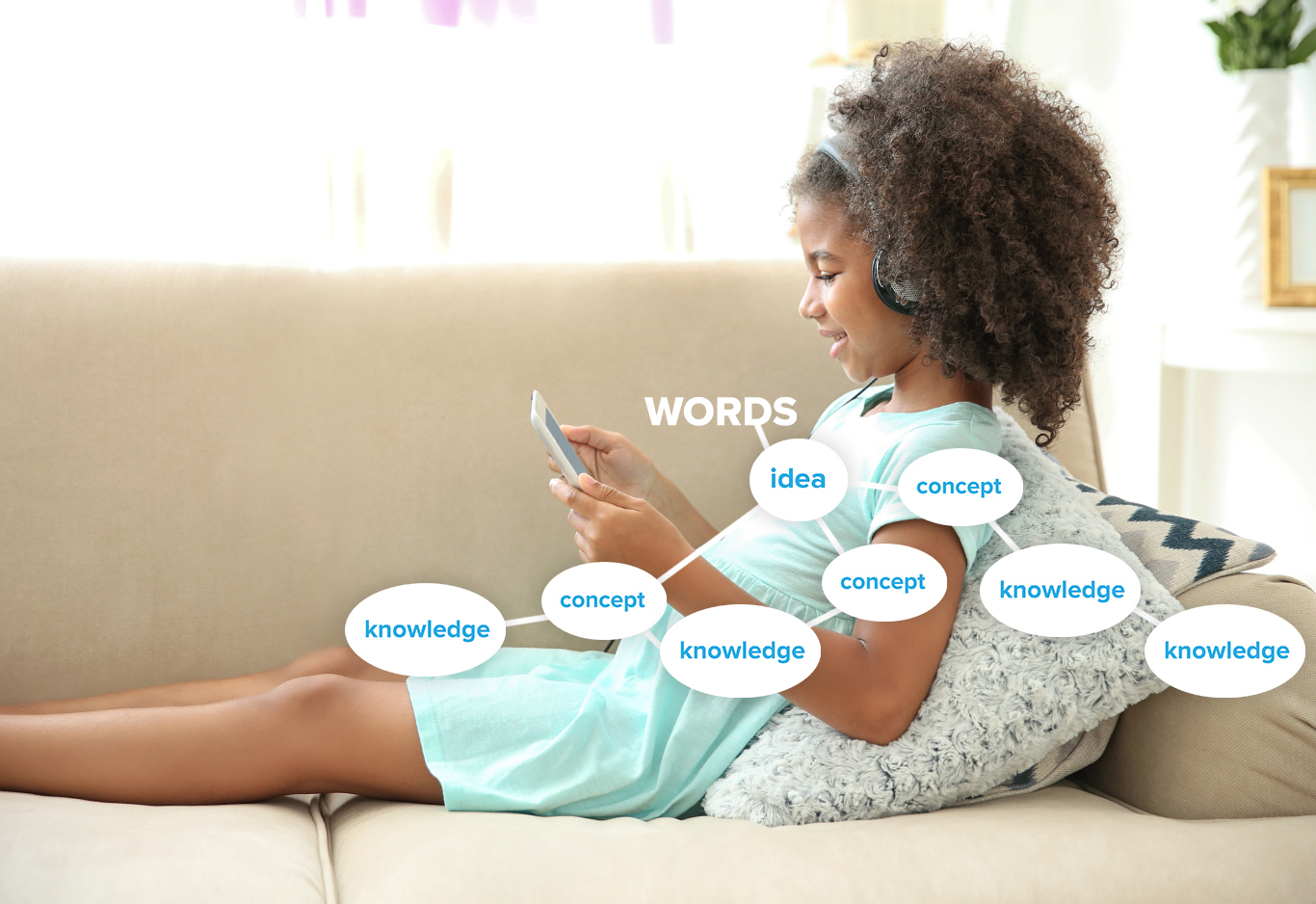

Children learn best when they're having fun. Combining research-driven word strategies with captivating game-based learning, Scholastic W.O.R.D. helps students become fluent readers with a rich vocabulary and deep comprehension.
W.O.R.D. author, Dr. Elfrieda Hiebert, proves in her research that 2,500 morphological word families make up 90% of all text. Becoming adept at core vocabulary accelerates comprehension and helps students learn rare words with greater ease.
The destination is the same, but the journey can be different. W.O.R.D. exposes all students to the same vocabulary, but the how and when are dependent on the individual. Dual tracks personalize learning and help each student grow with confidence.
Repeated exposure to a word in multiple contexts broadens a student's awareness and application of a word. This knowledge helps drive a student toward comprehension rather than recall.
W.O.R.D. helps students secure a solid foundation in vocabulary skills with grade-appropriate learning objectives embedded in exciting and imaginative activities.
Scholastic W.O.R.D. introduces students to words with multiple meanings through repeated exposure and in context. See below how the meaning of a word can change depending on the W.O.R.D. passage.
A triangle is a shape. A circle and a square are shapes, too.
Students in kindergarten learn to identify geometric shapes and objects that resemble them.
Regular exercise helps people get in better shape.
Students in third grade are able to use concrete words in idioms. They learn that the word “shape” can sometimes describe a physical condition.
In fact, an idea took shape in the jackal’s mind right away.
In fifth grade, students use words idiomatically with ease and begin to play with multiple meanings.
Designed to grow with and challenge students from Grades K-5, W.O.R.D. helps students acquire strong vocabulary skills and empowers them to be intelligent, expressive, and independent thinkers of tomorrow.

 Kindergarten
Grade 3
Grade 5
Kindergarten
Grade 3
Grade 5

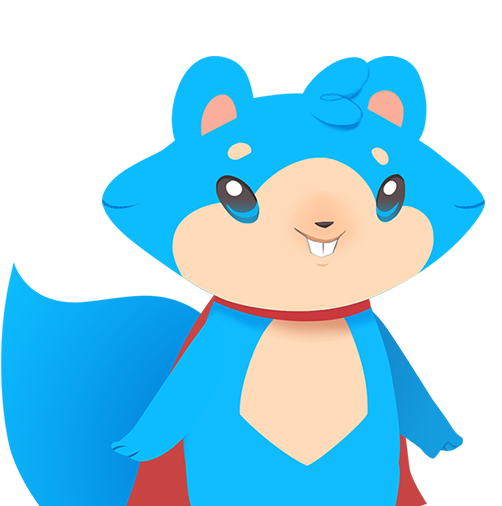
Scholastic W.O.R.D. includes 10 themes per grade level that provide students with substantial exposure to vocabulary and supports core instruction in social studies, science, and language arts.
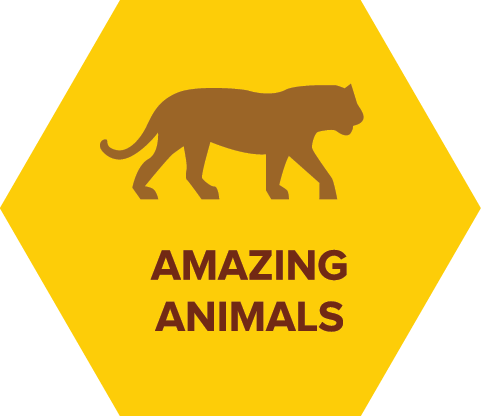
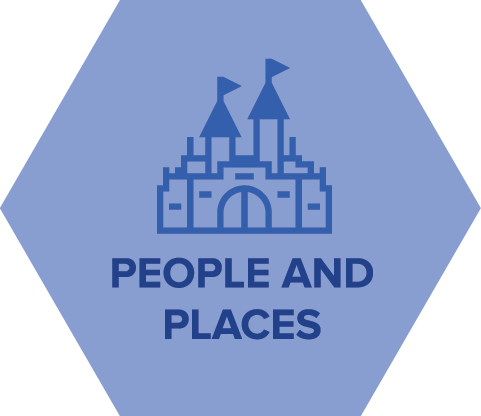
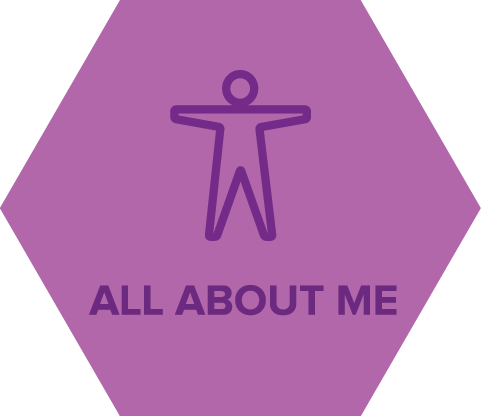
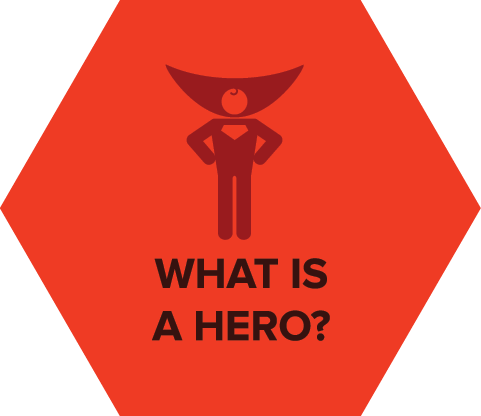


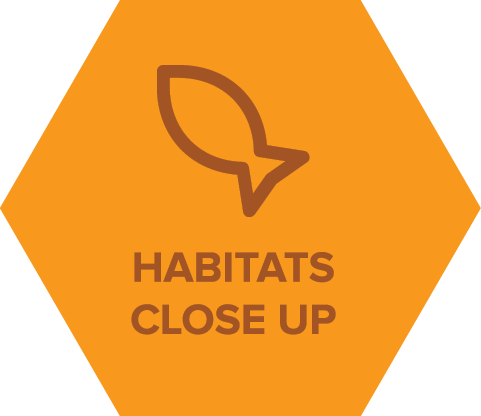
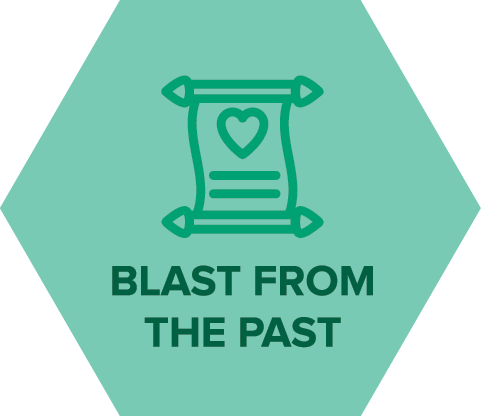

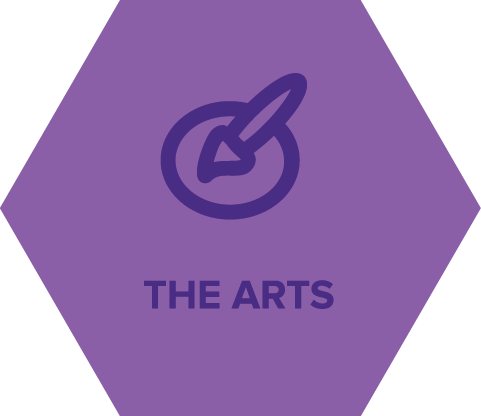
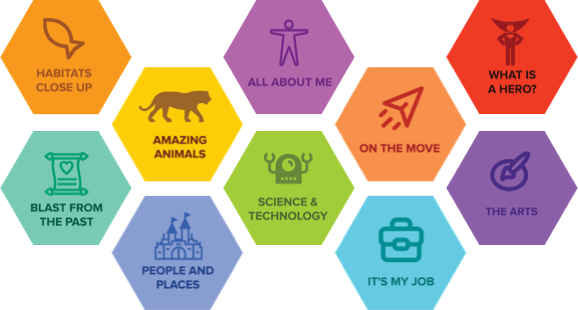
Each theme is packed with rich vocabulary, presented in the context of the theme. As students progress through a series of steps they are building powerful content knowledge.
Unlock a new theme!
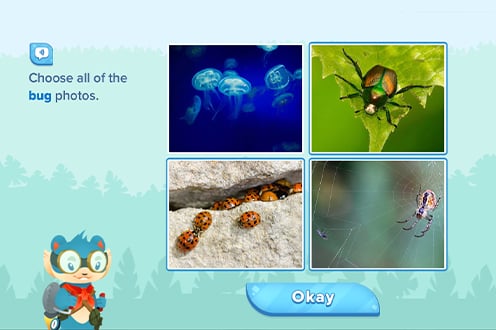
At the beginning of each theme, students demonstrate their existing knowledge of vocabulary to determine the text level at which they will be placed: grade level or simplified.
Students read one fiction and one nonfiction passage featuring words and content that reinforces the theme. Students select which passage they’d like to read first.
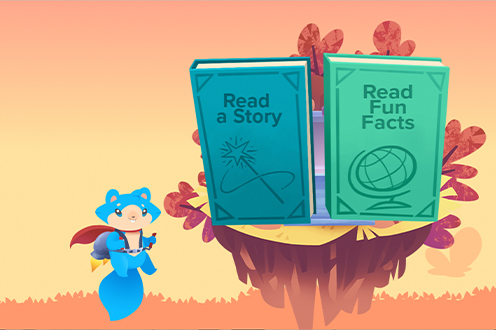
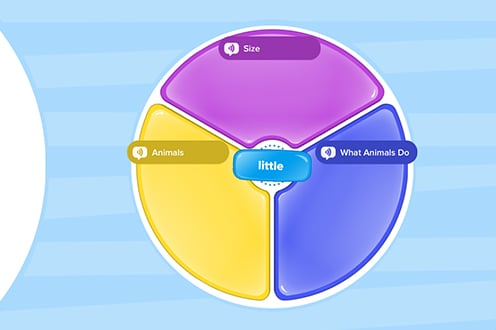
Students read a sentence or paragraph from the previous passage and then sort selected words into their respective megaclusters—groups of words that have strong semantic ties to one another.
From the W.O.R.D. Club House, students open doors to access engaging, game-based activities that build their vocabulary skills. Check out the learning activities here.
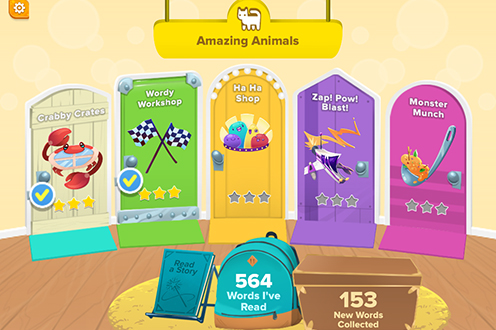
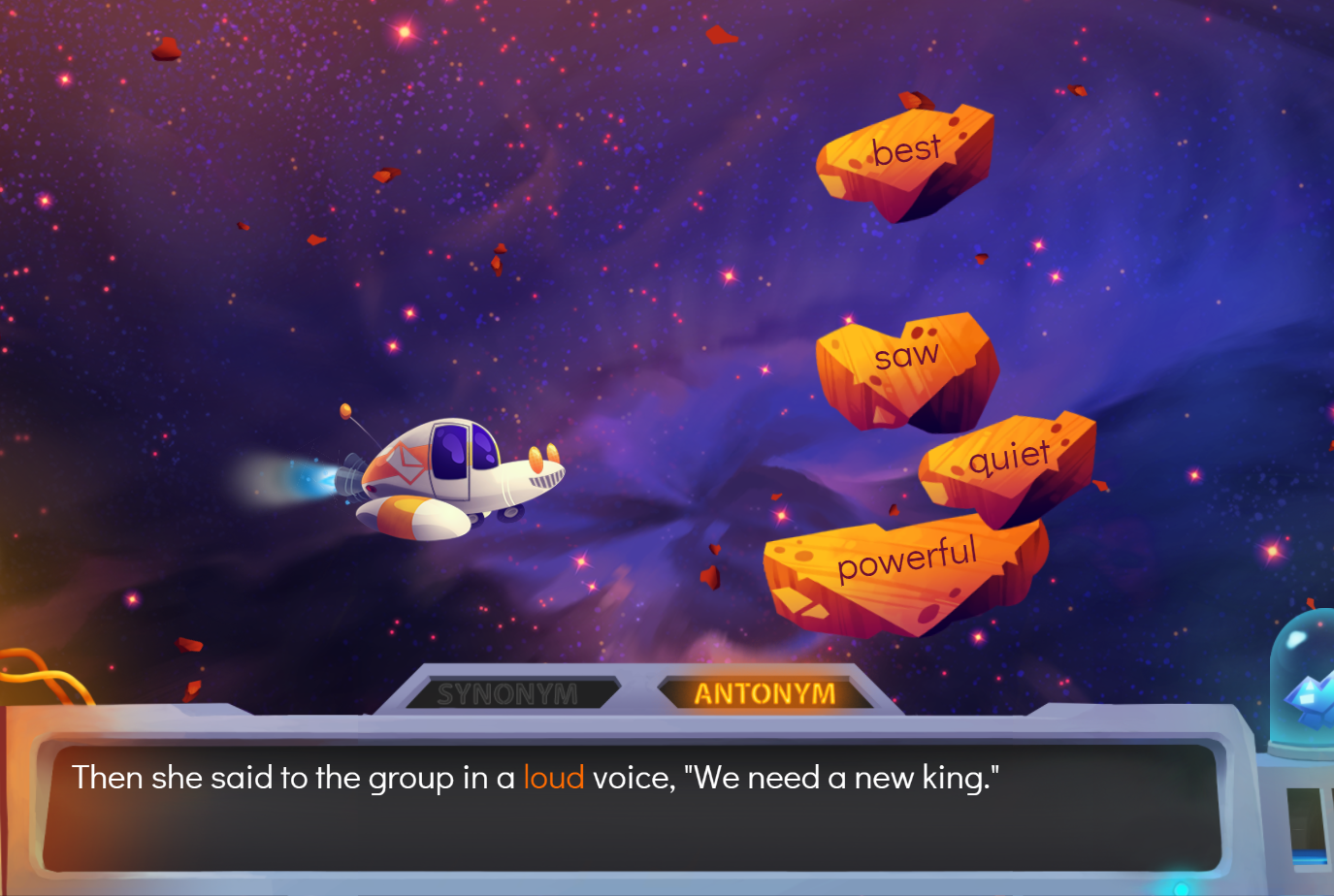
Free choice encourages students to direct their learning for a set period, exploring their interests and establishing confidence in their new skills.
Scholastic W.O.R.D. meets students where they are by beginning each theme with an evaluation of a student’s existing vocabulary knowledge. W.O.R.D. then differentiates instruction for students both in the passages they read and the vocabulary activities they complete—placing students in one of two text levels: grade level or simplified. This ensures that all students are exposed to the same core vocabulary, but at their level.
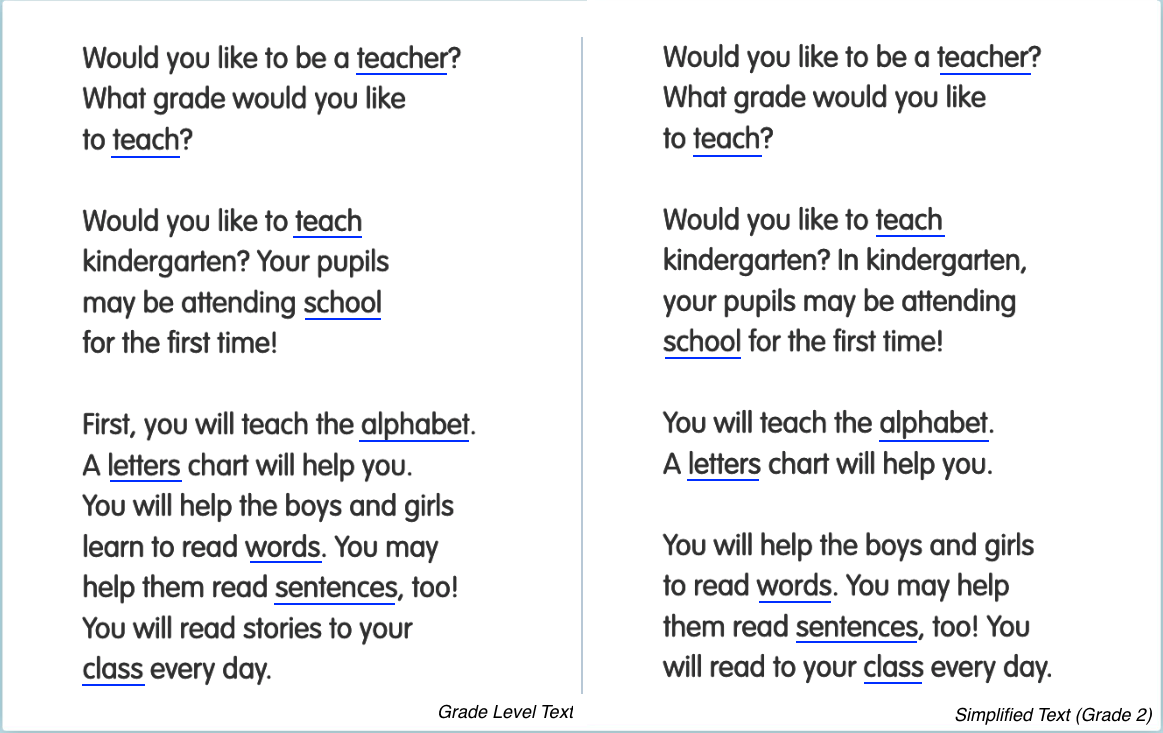
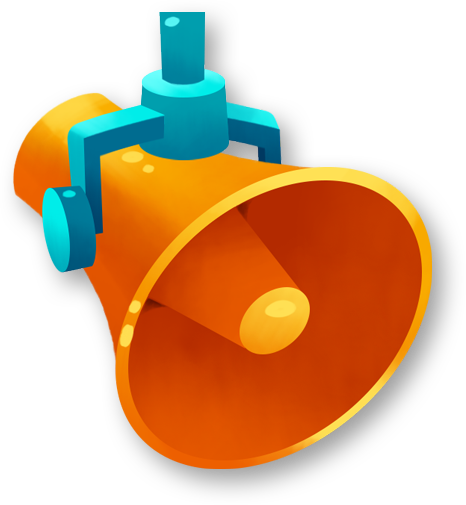
Grounded in the research of Dr. Elfrieda “Freddy” Hiebert, Scholastic W.O.R.D. helps students develop a solid foundation of the words needed to succeed in literacy and in life. How many words does it take? Dr. Hiebert analyzed more than 10,000 children's’ texts and uncovered 2,500 morphological word families that make up 90 percent of all texts students will encounter.
“My vision is for kids to have greater facility with core bodies of knowledge and the high-utility vocabulary that accounts for the majority of words they'll come across in text. If we can get kids to know 90% of these words, and to know them deeply, they will be better at figuring out the rest.”
Dr. Elfrieda "Freddy" Hiebert




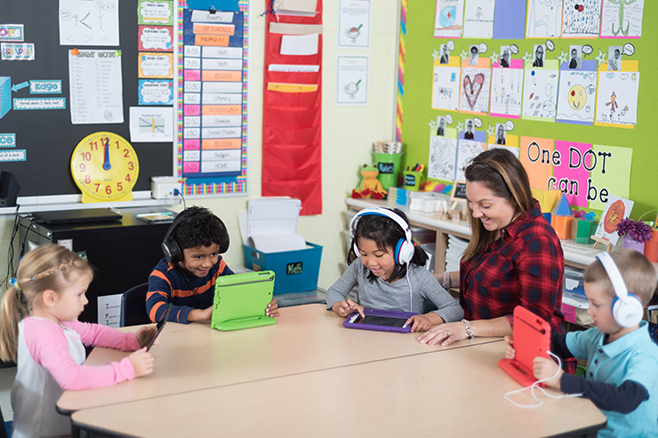
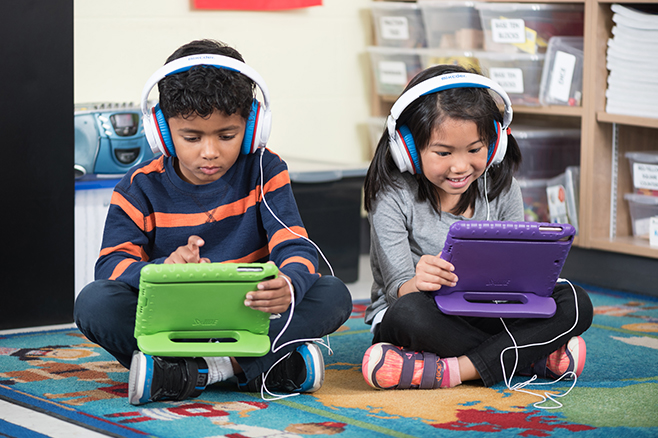
Dr. Elfrieda Hiebert has found that 2,500 morphological word families account for 90% of the words in text. The 2,500 morphological word families are what Dr. Elfrieda Hiebert calls the high-utility vocabulary, and it’s proficiency with these word families that help a student read more complex text.
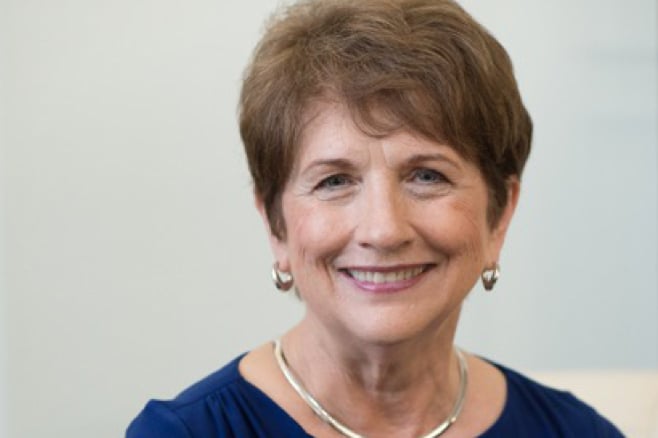
Scholastic W.O.R.D. is eligible for a number of funding opportunities and grants.


Title I, Part A, provides financial assistance to schools with high numbers of children from low-income families.
Title I: SES provides supplemental educational services at qualifying Title I schools.
Title III, Early Language Acquisition, is designed to ensure that children with limited English proficiency obtain the same academic standards in English as all children.
21st CCLC supports the creation of community learning centers that provide academic enrichment for students who attend high-poverty and low-performing schools.
Title IV, Part A supports the effective use of technology that is backed by professional development, blended learning and ed tech devices.
Jacob K. Javits Gifted and Talented Students Education Program serves traditionally underrepresented students to help reduce the gap at the highest levels of achievement.
